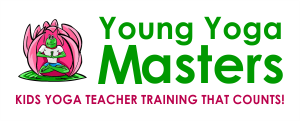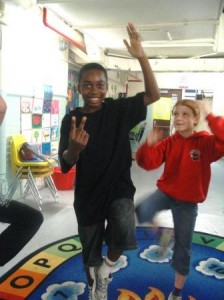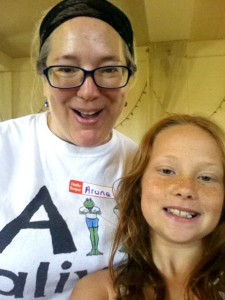These 3 Studies Show how Yoga Improves Stress Management, Spatial Memory, and Body Control in … [Read more...] about Scientific Studies that Support Kids Yoga
focus
Spend Time with Your Kids Amidst the Chaos
Up close, in the first picture we see a child resting. In this picture we see exactly where all … [Read more...] about Spend Time with Your Kids Amidst the Chaos
Classroom Management: Do you ask Questions like these in your Kids Yoga Classes?
When teachers or parents start getting frustrated with children they often resort to asking … [Read more...] about Classroom Management: Do you ask Questions like these in your Kids Yoga Classes?
5 Benefits of Kids Yoga
Yoga is Playful and Helps Kids in So Many Ways Guest Post by Susan White (Note from Aruna: This … [Read more...] about 5 Benefits of Kids Yoga
X Marks the Spot
I chant this in yoga class to: - Get kids attention - Help kids stay focused when holding a … [Read more...] about X Marks the Spot



